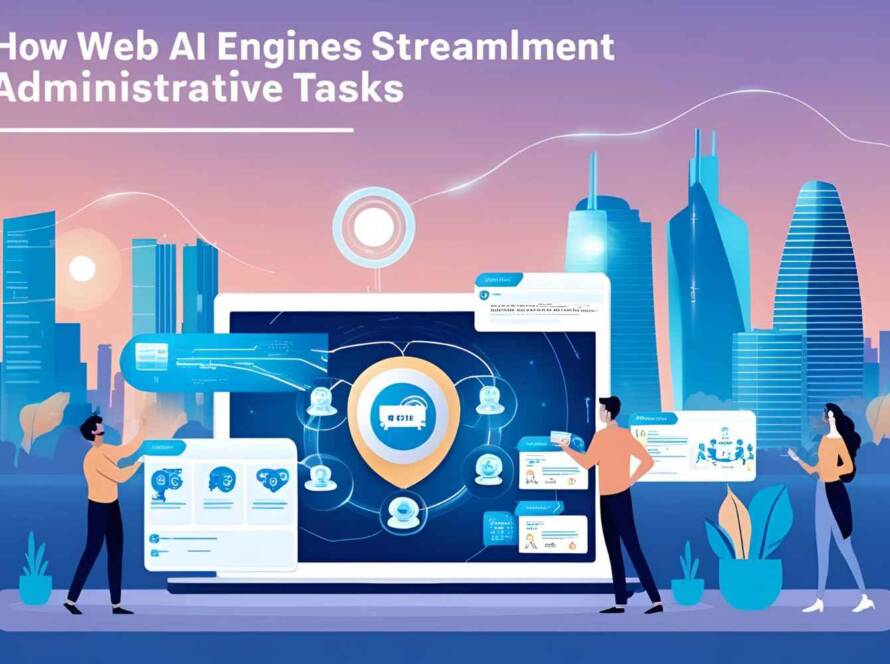The AI revolution is here, and it’s being driven by something deceptively simple: the prompt. Behind every powerful AI tool is a set of instructions that guide it to produce remarkable results. This art, known as prompt engineering, is transforming the way we approach problem-solving, innovation, and creativity.
While AI tools like ChatGPT can write code for applications, their true value lies in their versatility. Prompt engineering is the bridge that connects human creativity with AI’s immense computational power, paving the way for a world where coding is no longer a bottleneck.
AI as a Partner in Innovation
For decades, the process of creating software, conducting research, or producing art required niche expertise and extensive resources. Today, anyone armed with a well-constructed prompt can leverage AI to:
- Design and build websites in minutes.
- Conduct deep market analysis or generate predictive models.
- Create compelling stories, artwork, or marketing campaigns.
Take tools like Jasper AI, which creates high-quality copy for marketers, or RunwayML, which generates video content. These applications demonstrate how AI amplifies human creativity when paired with effective instructions.
Prompt Engineering as the Key to Collaboration
Prompt engineering isn’t about programming; it’s about translating goals into a format that AI can understand. Here’s how it works in practice:
- Defining Objectives: Start by clearly outlining what you need.
Example: “Write Python code to automate data entry for an Excel sheet.” - Providing Context: Add background information to ensure precision.
Example: “This code should pull data from a CSV file and organize it into pre-defined categories.” - Iterating for Perfection: Fine-tune the AI’s output by iteratively refining your prompt.
The beauty of prompt engineering lies in its accessibility—anyone can learn to write effective prompts, making AI a partner for creators, researchers, and entrepreneurs.
What Other AI Tools Excel at This?
In addition to ChatGPT, numerous tools are transforming industries:
- DataRobot: Automates machine learning model creation, making advanced analytics accessible.
- DALL-E 3 and MidJourney: Allow users to create stunning visuals with nothing more than a descriptive sentence.
- GrammarlyGO: An AI assistant that helps professionals write faster and more effectively in various contexts.
These tools showcase how prompt engineering extends beyond coding, impacting every facet of our lives.
Future Directions for Prompt Engineering
As AI continues to grow, prompt engineering will play an increasingly central role. Here’s what the future holds:
- Industry-Specific Applications: Pre-built prompt libraries tailored to fields like healthcare, finance, or education.
- Real-Time Collaboration: AI tools capable of interpreting incomplete prompts and collaborating with users to refine them in real time.
- AI-Assisted Creativity: Systems that not only follow instructions but also suggest innovative directions based on user input.
Imagine brainstorming an app idea and having an AI generate the prototype, business plan, and marketing strategy in one seamless interaction. That’s the power of prompt engineering in action.
The future of AI isn’t about replacing humans—it’s about empowering them. Prompt engineering is the key to unlocking the full potential of AI, enabling anyone to achieve extraordinary results. By learning to harness this skill, you’re not just preparing for the future; you’re becoming an integral part of it.


